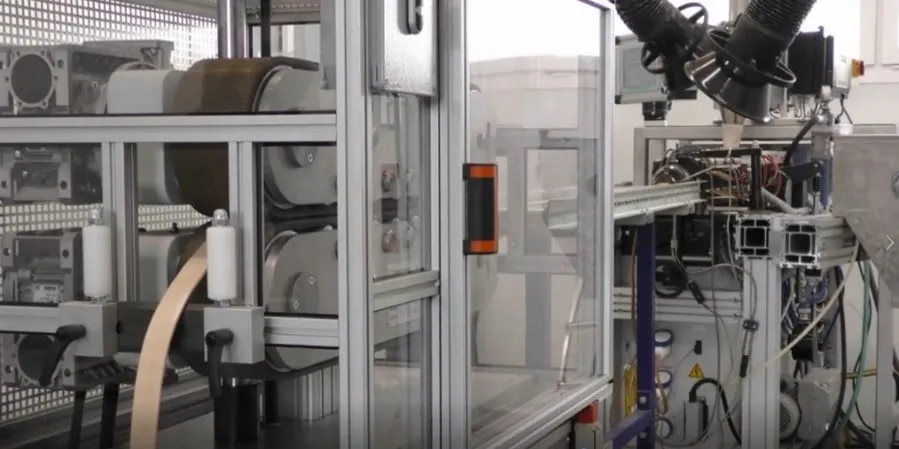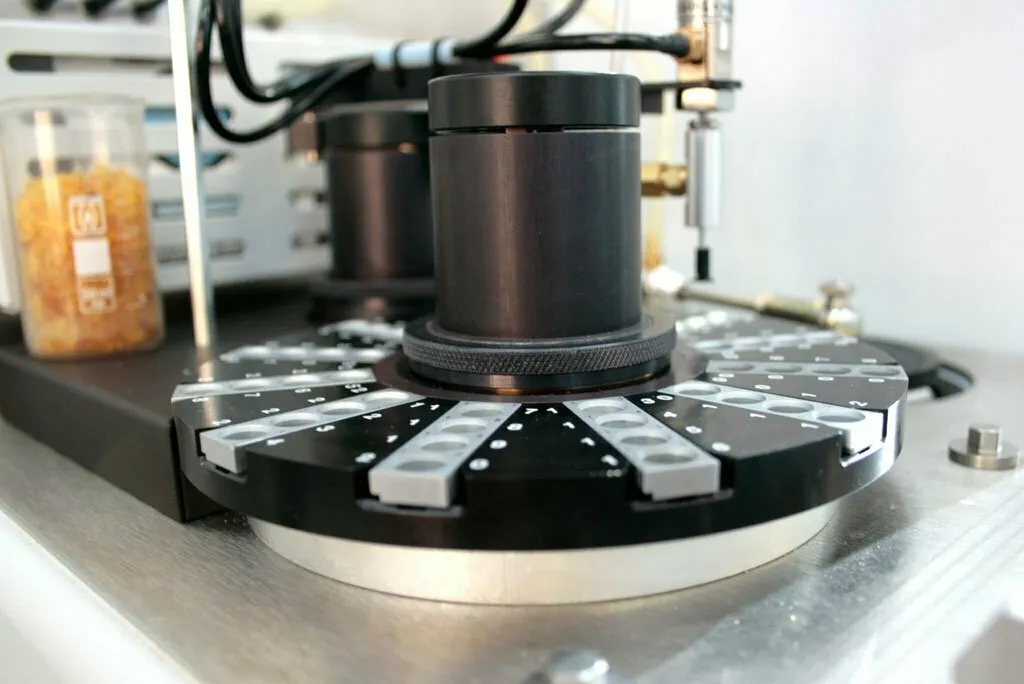Recycling PVC: A step towards sustainability

PVC (polyvinyl chloride) plastic is a material used in a wide variety of products, from tubes to packaging and toys. Although PVC is durable and versatile, the need for recycling this material has become crucial in the circular economy development with regards to the plastic sector.
What is recyclable PVC?
Is PVC recyclable? The short answer is yes, and its recyclability is crucial in developing environmental sustainability. PVC can be recycled various times due to its polymeric structure capable of tolerating mechanical stress while conserving its physical properties during recycling operations. The viability of PVC recycling is best shown by the rise in PVC being recycled. In 2020 731,461 tons of PVC in Europe have been recycled. In the last 20 years, Europe has recycled a total of 6.5 million tons of PVC.
Thus recycling PVC reduces the necessity of new products from raw virgin materials and it minimizes the accumulation of plastic residue. It is also important to note that while PVC recycling is done mainly mechanically, technologies for chemical recycling (raw materials) of PVC residue are currently being developed.
The process of mechanical PVC recycling
- Reception: The process of PVC recycling starts with the recollection of used PVC products, such as tubes, profiles or toys. In Europe, there are inverse logistic recycling systems that include installations of specific containers, door-to-door recollection programs and collaborations with recycling companies. These systems promote selective recollection of PVC in its places of origin, which contributes to securing the best quality possible of the material collected and complies with legislation.
- Classification: After the recollection, the PVS products are classified according to their type and quality. It is important to guarantee that the recycled material complies with the quality standards. It is also advisable to separate rigid PVC from flexible PVC.
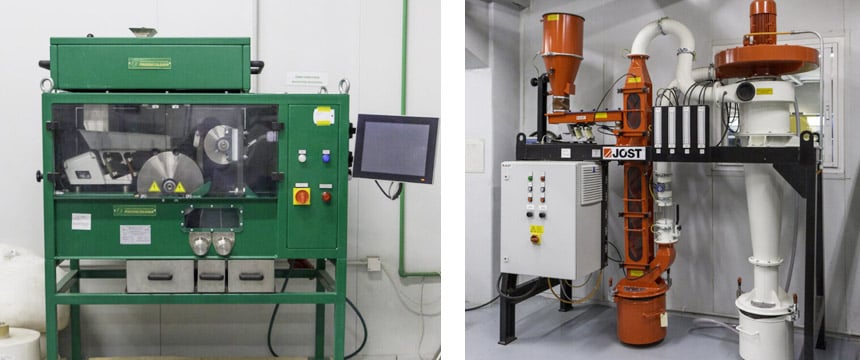
Equipment for separing PVC at the AIMPLAS facility: Triboeléctrico (left) and Zig-Zag (right).
- Cutting: The PVC is cut or shredded using special machines. This reduces the size of the material and facilities the following steps.
- Grinding: The shredded pieces go through grinders so that their size can be even further reduced and the material starts resembling powder. This is done in various stages so that a particular uniform size can be achieved. In the case of PVC, due to their potential degradation, it might sometimes also be necessary to perform the grinding in cryogenic conditions.
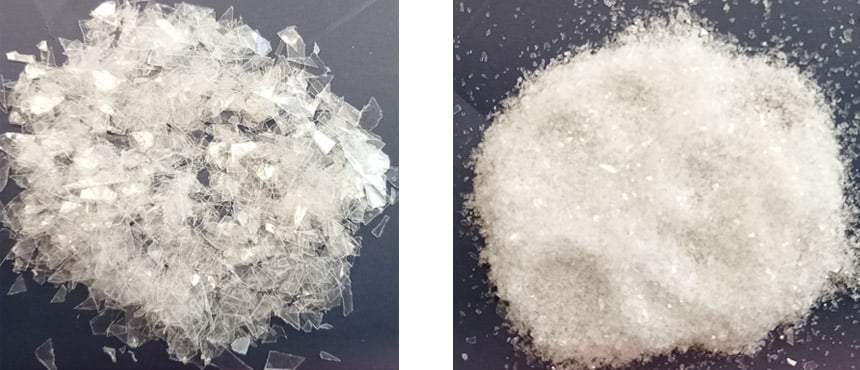
The process of grinding the shredded PVC class, cryogenic conditions
- Cleaning and elimination of impurities: Washing removes common impurities such as labels, dirt, adhesives, food residue, salts, minerals, and other non-PVC. This guarantees that the recycled material will be clean and free from contamination. This makes the material appropriate for being used in new high-quality products. The nature and quality of the eliminated impurities are varied depending on the source of the recycled PVC.
- Casting and extrusion: The clean, ground PVC is melted and then extruded in the form of pellets, laminates, tubes and profiles ready for being reused. This is usually done using a twin-screw extruder. The configuration of the double-screw extruder and the press is very important and has a great impact on the properties of the final product, for example on the degradation. It is crucial to provide specific details about the equipment and the process during the extrusion of the PVC as well as to consider what type of PVC (rigid or flexible) is being processed.
How many times can PVC be recycled?
PVC can be recycled many times without losing any of its main properties, however, every cycle will lightly contribute to the decline of certain characteristics. For this reason, recycled PVC is often used for products in which those characteristics are of lesser importance. In other words, recycling PVC is important for sustainability, but the number of recycling cycles that this material can go through varies from case to Benefits of PVC recycling.
Advantages of recycled pvc
PVC recycling is beneficial for both economic and environmental reasons. Some of the main benefits are:
- A reduction of residue: It keeps PVC out of landfills.
- Saving resources: Recycling PVC saves energy and natural resources, reduces gas emissions and reduces toxic residue, which contributes the sustainability and helps the environment.
- Reducing the carbon footprint: This process consumes less energy than the production of new PVC.
- High-quality products: Recycled PVC can be used in products such as non-pressurized tubes, construction profiles, packaging and moulded products. It can be used in roofing, pallets, automotive components and inflatable products. The quality of the PVC is varied and depends on the source and the recycling process. Due to this, the use of recycled PVC will depend on the required standards for a given product
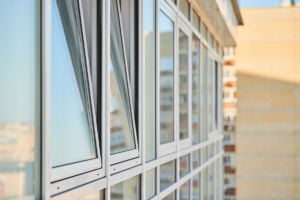
Figure 1: windows made with PVC plastic
The sustainable future of PVC
PVC recycling is a crucial part of the emerging circular economy market. When recycling and reusing this versatile plastic, not only are we reducing its environmental impact but also taking a valuable opportunity to contribute to a more sustainable future. With the compromise between society and industry, PVC can play a crucial role in the greater solution. It can help create a cleaner and healthier planet. Join the movement of PVC recycling and make a difference.
References
lastics Europe. (2022, 20 enero). Polyvinyl chloride (PVC) • Plastics Europe.
European Council of Vinyl Manufacturers. (2019, 12 diciembre). Sustainability – ECVM. ECVM.
European Council of Vinyl Manufacturers. (2023, 10 enero). PVC Applications – ECVM. ECVM.
Hsu, W. T., Domenech, T., & McDowall, W. (2022). Closing the loop on plastics in Europe: The role of data, information, and knowledge. Sustainable Production and Consumption, 33, 942-951.


